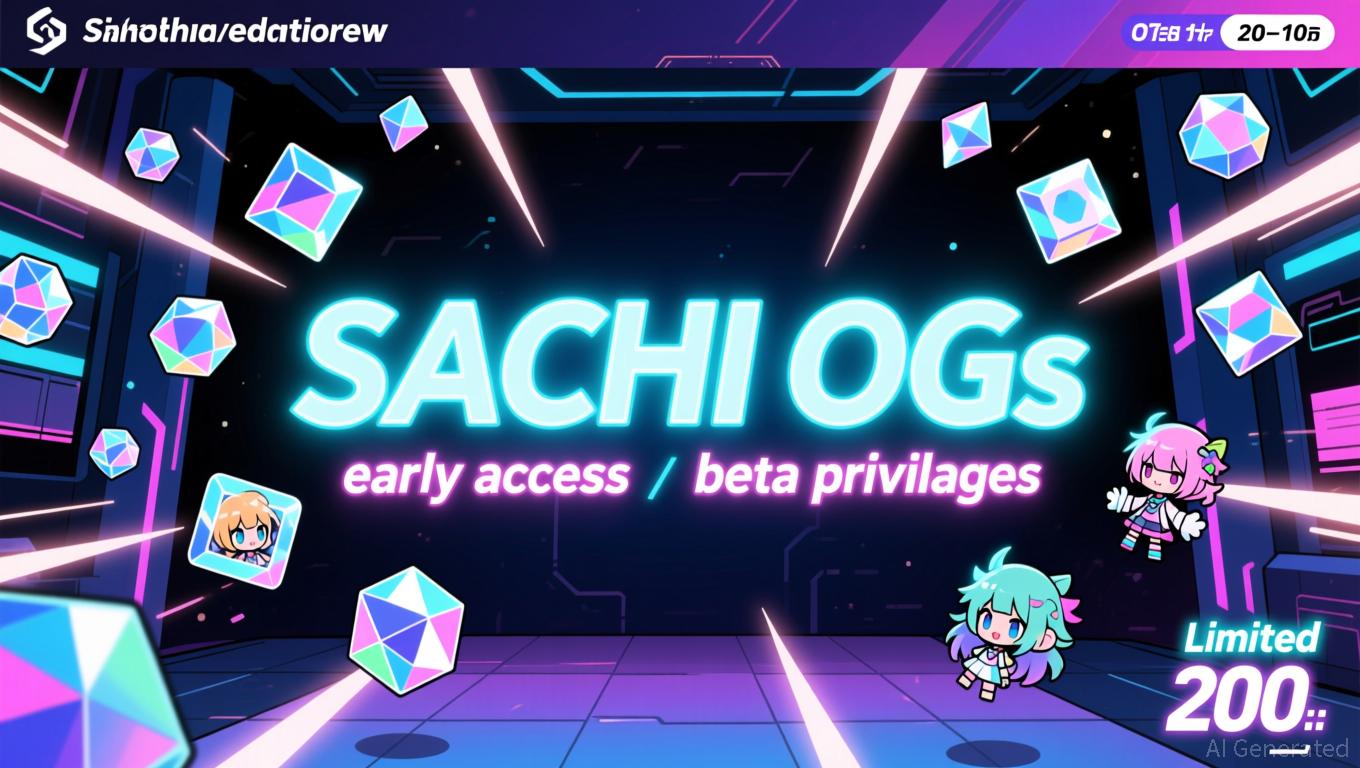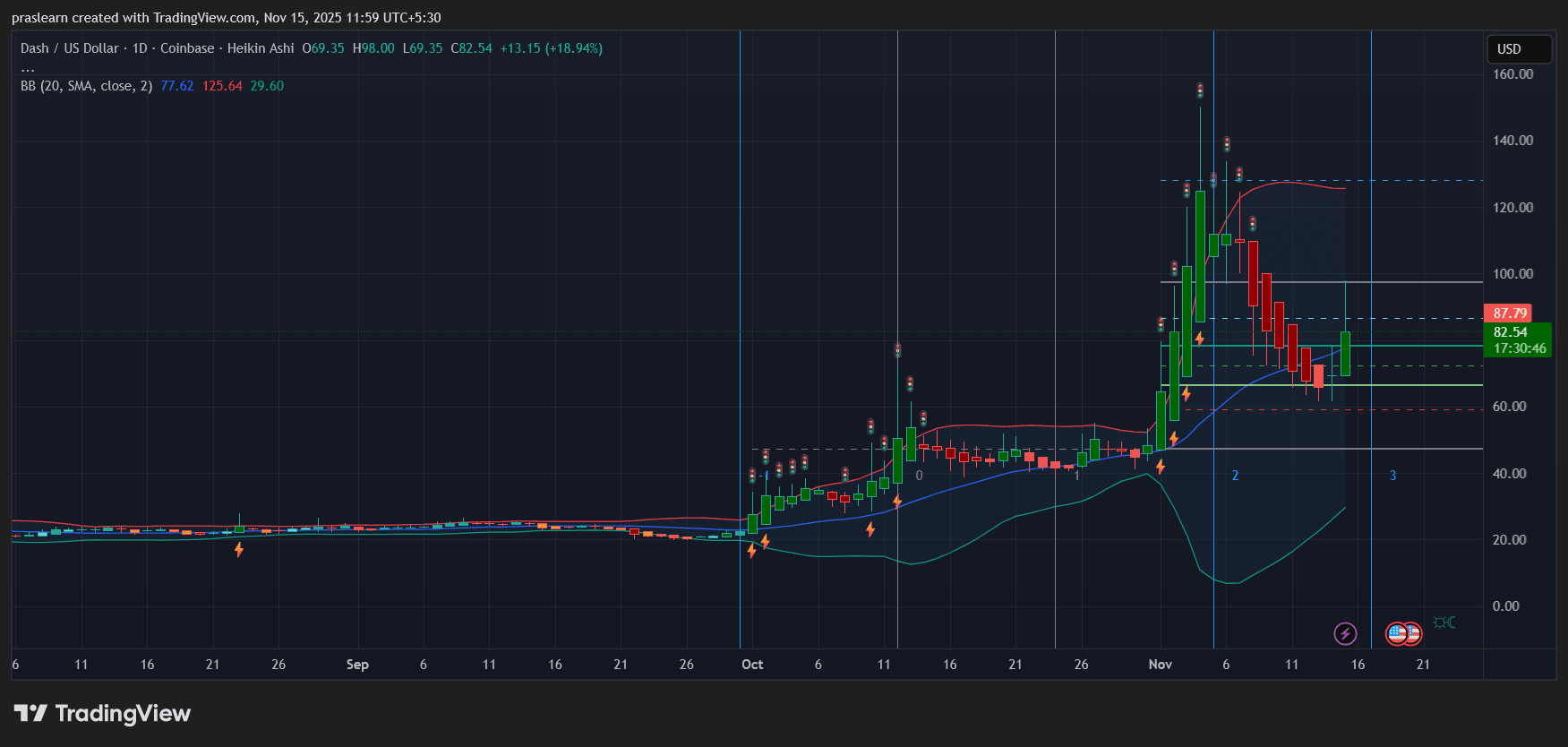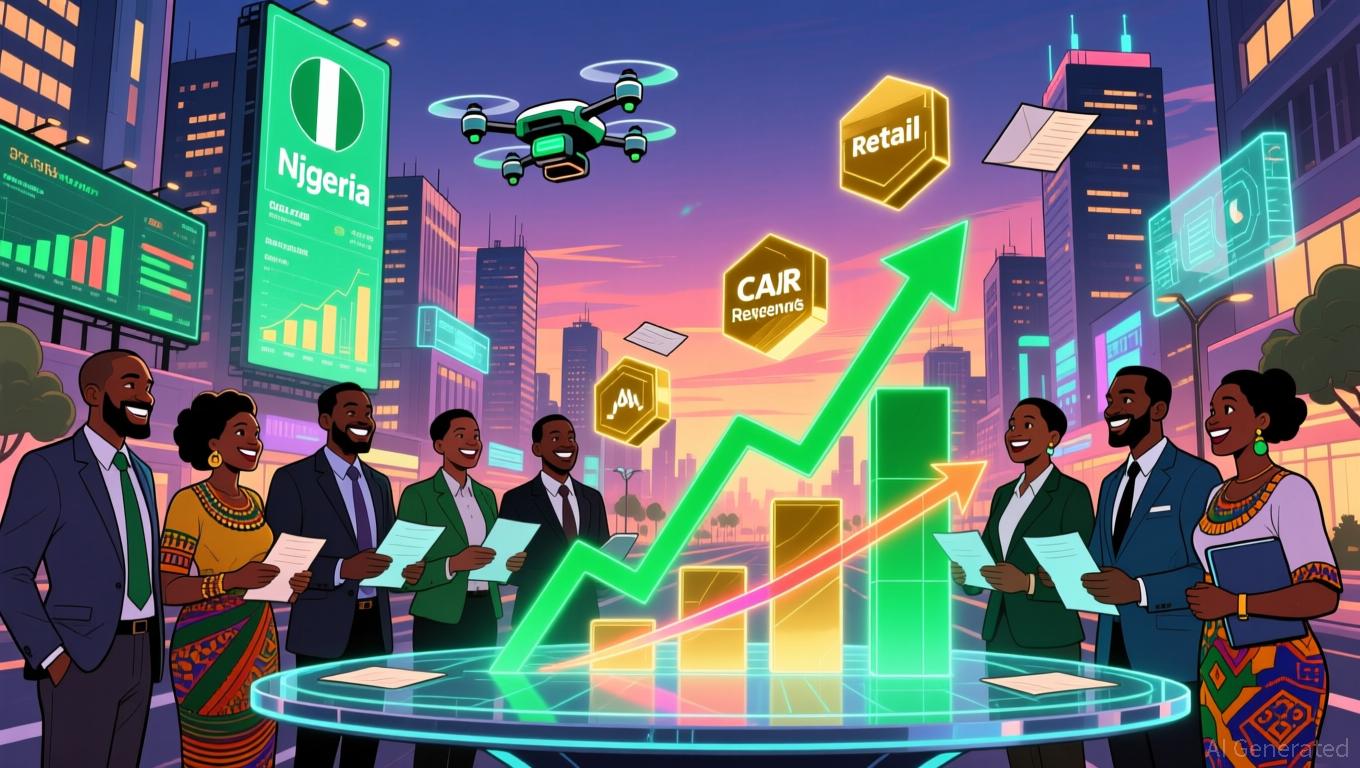WLFI’s Major Token Burn: Path to Stability or Barrier to Expansion?
- World Liberty Financial (WLFI) approved a 100% token buyback/burn plan to counter a 41% price drop since September 1. - The initiative channels liquidity fees from Ethereum, BNB Chain, and Solana into open-market purchases, aiming to reduce supply and stabilize pricing. - Analysts predict potential 25% price recovery but warn of risks like liquidity slippage and limited funds for product development. - Community-driven governance ensures transparent on-chain burns, though the Trump family's association r

World Liberty Financial (WLFI), a DeFi project with ties to the Trump family, has enacted a full-scale buyback and burn plan in response to a 41% drop in its token price since September 1. With 99.8% of votes in favor, the governance proposal redirects all treasury liquidity fees from
The buyback system utilizes fees collected from protocol-owned liquidity (POL) pools across several blockchains. These fees are exchanged for WLFI on both decentralized and centralized trading platforms before being sent to a publicly verifiable burn address, guaranteeing the tokens are removed for good. The process emphasizes on-chain transparency, with all transactions trackable via services such as Etherscan and Solscan. The first burns took place in late September, but the price did not immediately recover, reflecting the overall volatility in the crypto market [1].
WLFI’s value fell to $0.18 at the start of September, marking a 60% decrease from its high of $0.33 [2]. The buyback plan was introduced after this sharp downturn, and analysts have expressed differing opinions. Crypto analyst Captain Faibik predicted a possible 25% price increase following the proposal’s approval, attributing it to renewed investor optimism [2]. Nonetheless, uncertainties remain, such as the unpredictability of fee income and liquidity limitations. Simulations estimate that with monthly treasury earnings between $100,000 and $1 million, the project could buy back 500,000 to 5 million WLFI tokens each year, though the real effect depends on market conditions and how often buybacks occur [1].
Some critics warn of risks associated with this approach. Dedicating all fees to buybacks could restrict funding for development, security audits, and user incentives, which may hinder the ecosystem’s growth [1]. Moreover, depending on both decentralized and centralized exchanges exposes the process to issues like liquidity slippage and front-running [1]. The lack of official projections for fee income also makes it difficult to judge the long-term viability of the strategy [1].
WLFI’s governance structure highlights community-led decisions, with every burn transaction open to public scrutiny. While this reflects DeFi’s commitment to transparency, the project’s Trump family connection has attracted regulatory and ethical debate [3]. Despite these challenges, WLFI has recently partnered with South Korea’s Bithumb exchange and introduced a USD1 stablecoin to boost adoption [2].
Looking forward, the effectiveness of the buyback program will depend on steady fee generation and transparent execution on-chain. Important indicators to watch include monthly treasury inflows, balances at the burn address, and trends in market liquidity. If the plan succeeds in stabilizing WLFI’s price and supports broader adoption, it could become a blueprint for deflationary token models in DeFi. However, the project must ensure that reducing supply does not come at the expense of funding for growth and operations, to maintain long-term sustainability [5].
Disclaimer: The content of this article solely reflects the author's opinion and does not represent the platform in any capacity. This article is not intended to serve as a reference for making investment decisions.
You may also like
The community shapes the future of blockchain gaming with SACHI
- SACHI launches "The Origin" NFT event (200 exclusive OGs) to precede $SACHI token launch, offering early access and in-game perks. - CEO Jonas Martisius emphasizes NFTs as symbols of early support, fostering community engagement ahead of November 19 TGE. - Limited availability and "Origin" status incentives aim to drive exclusivity and loyalty in blockchain gaming ecosystem. - SACHI's vision integrates blockchain to create a self-sustaining gaming universe with tokenized rewards for player contributions.

SACHI's NFTs Mark the Beginning of a Player-Led Revolution in Blockchain Gaming
- SACHI launched "The Origin," a 200-NFT mint event granting early access to its blockchain gaming platform and future rewards. - The NFTs, called "SACHI OGs," symbolize early participation and offer exclusive perks like "Origin" status and visibility across official channels. - By integrating blockchain, SACHI aims to create a self-sustaining economy where players become stakeholders through tokenized rewards and digital identity markers. - Analysts predict the limited NFT supply could drive secondary mar

Zcash vs Dash: Which Privacy Coin Looks Stronger As Markets React to Tariff Relief?

Nigeria's Embedded Finance Experiences Rapid Growth Amidst Reforms and International Oil Market Uncertainties
- Nigeria's embedded finance market is projected to reach $4.34 billion by 2025 with a 12.2% CAGR, driven by digital adoption in e-commerce, healthcare , and education. - Economic reforms under President Tinubu led S&P to upgrade Nigeria's credit outlook to "positive," while Moody's raised its rating to "B3" in May 2025. - Fiscal challenges persist as Nigeria raised $2.35 billion via Eurobonds to address 2025 budget deficits amid global oil price volatility and implementation hurdles. - Fintech growth acce
